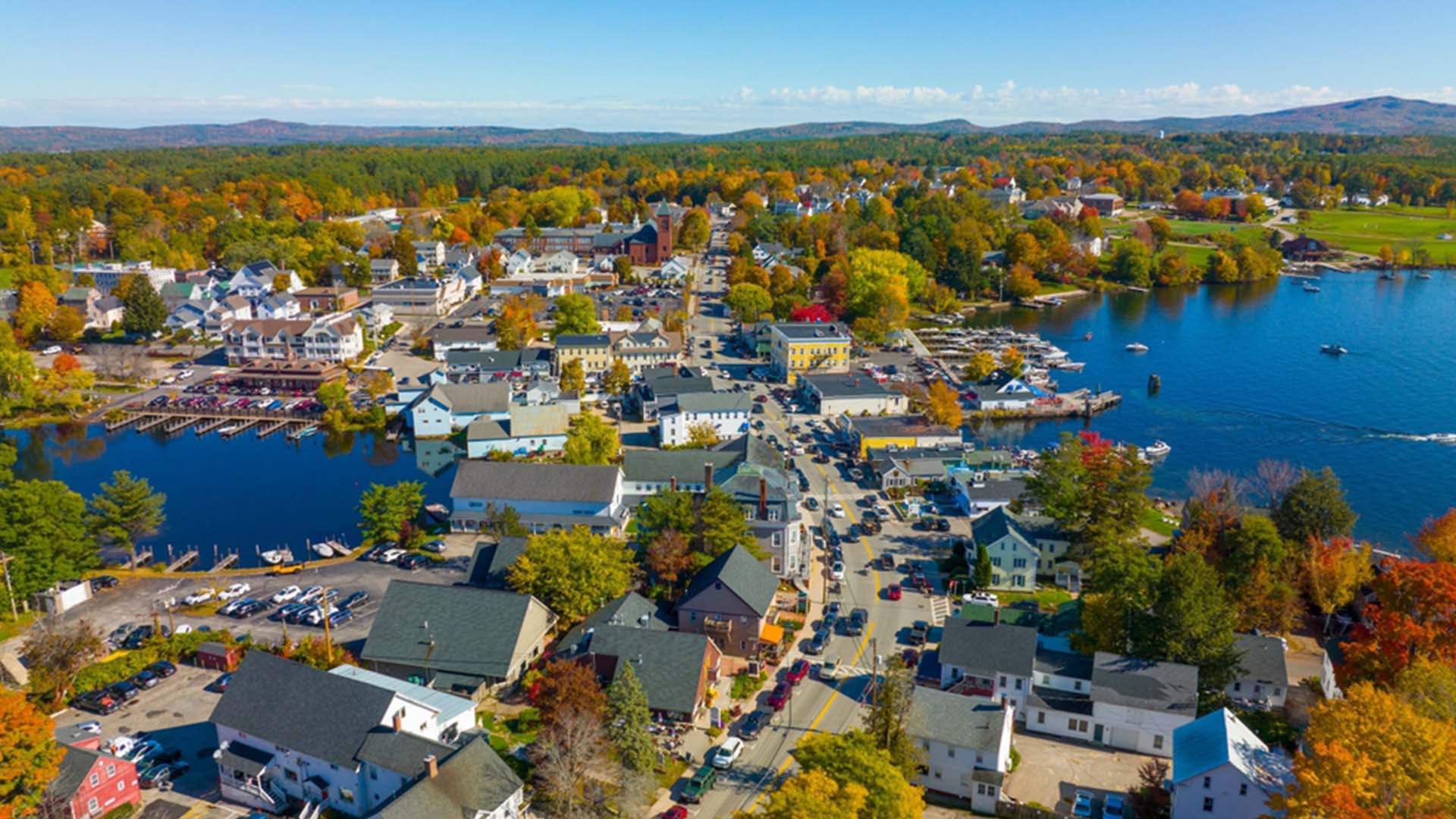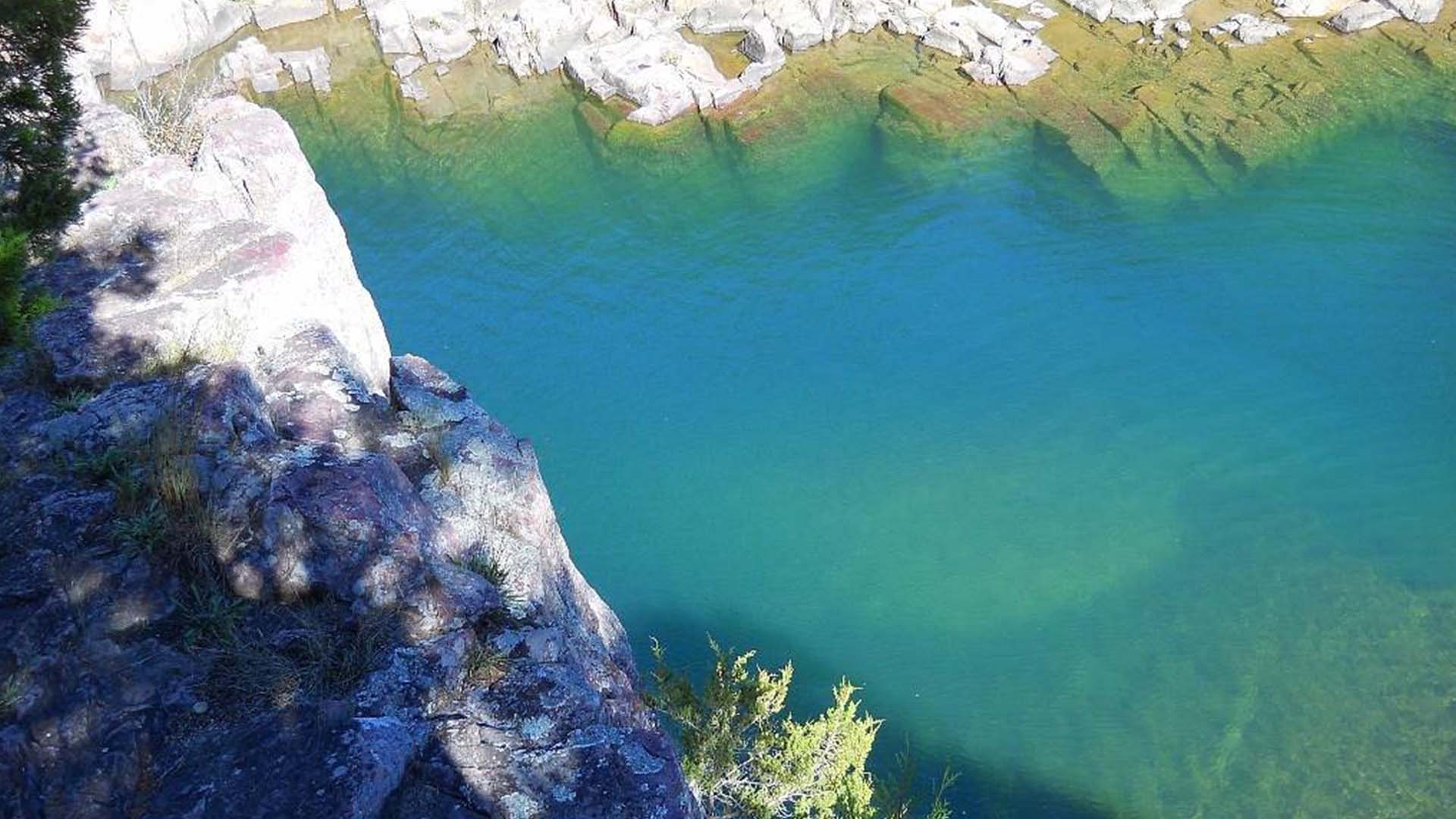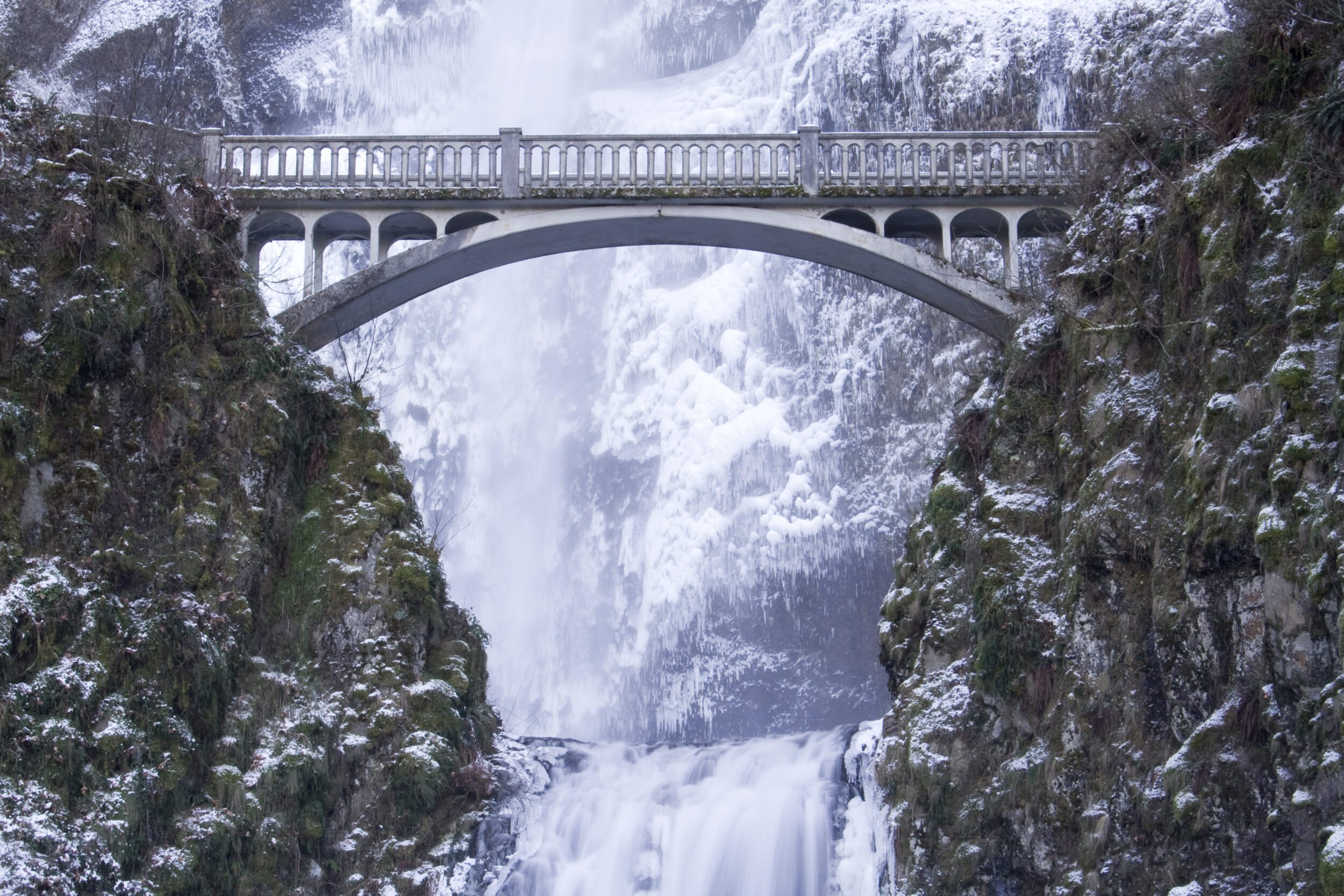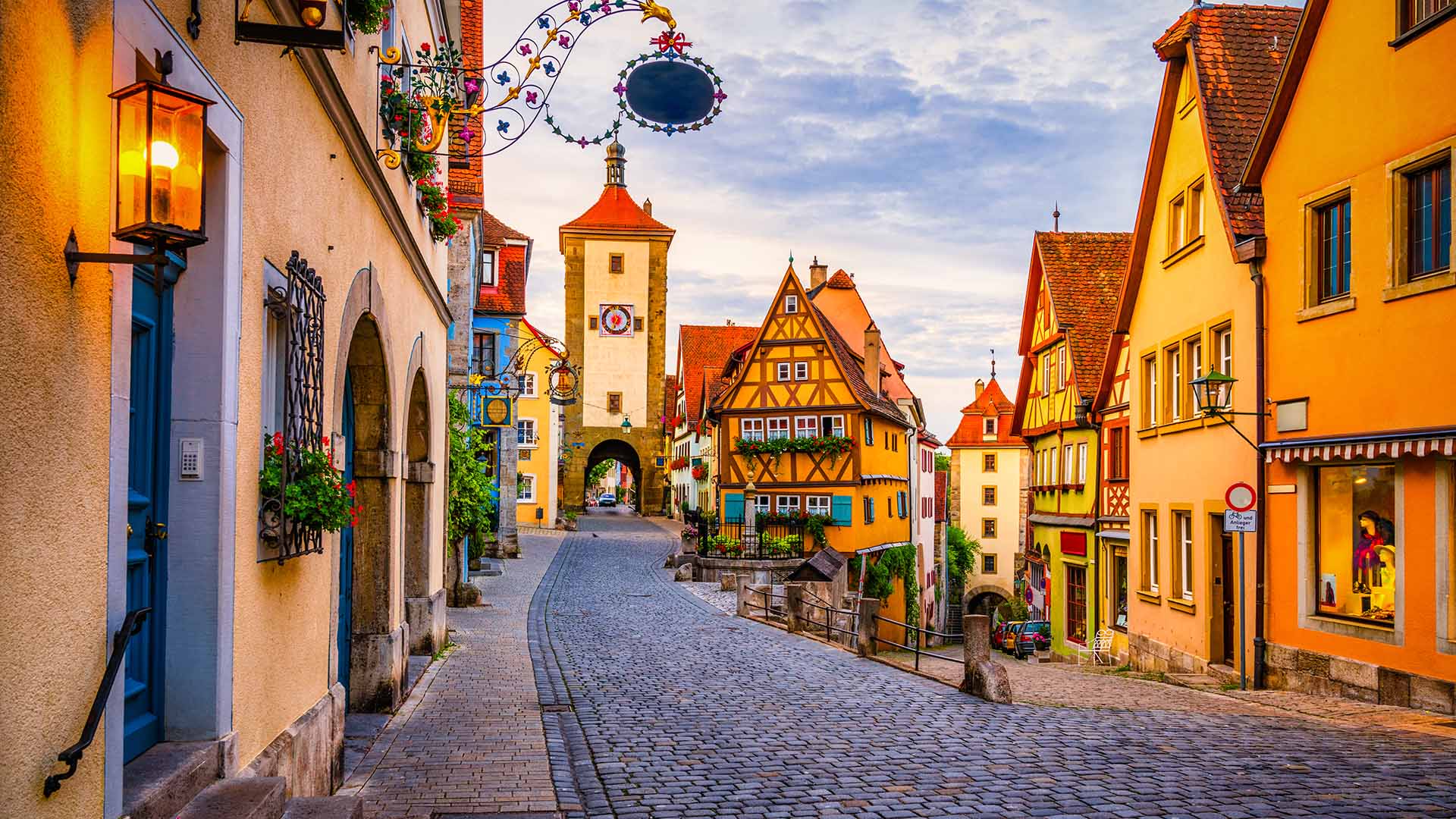Every seasoned traveler knows that the further out you book your next trip, the better the deals on everything from flights to accommodations. For nature-loving travelers who are already planning 2024 trips, here are some of the top-ranked destinations.
1) Albanian Alps, Albania
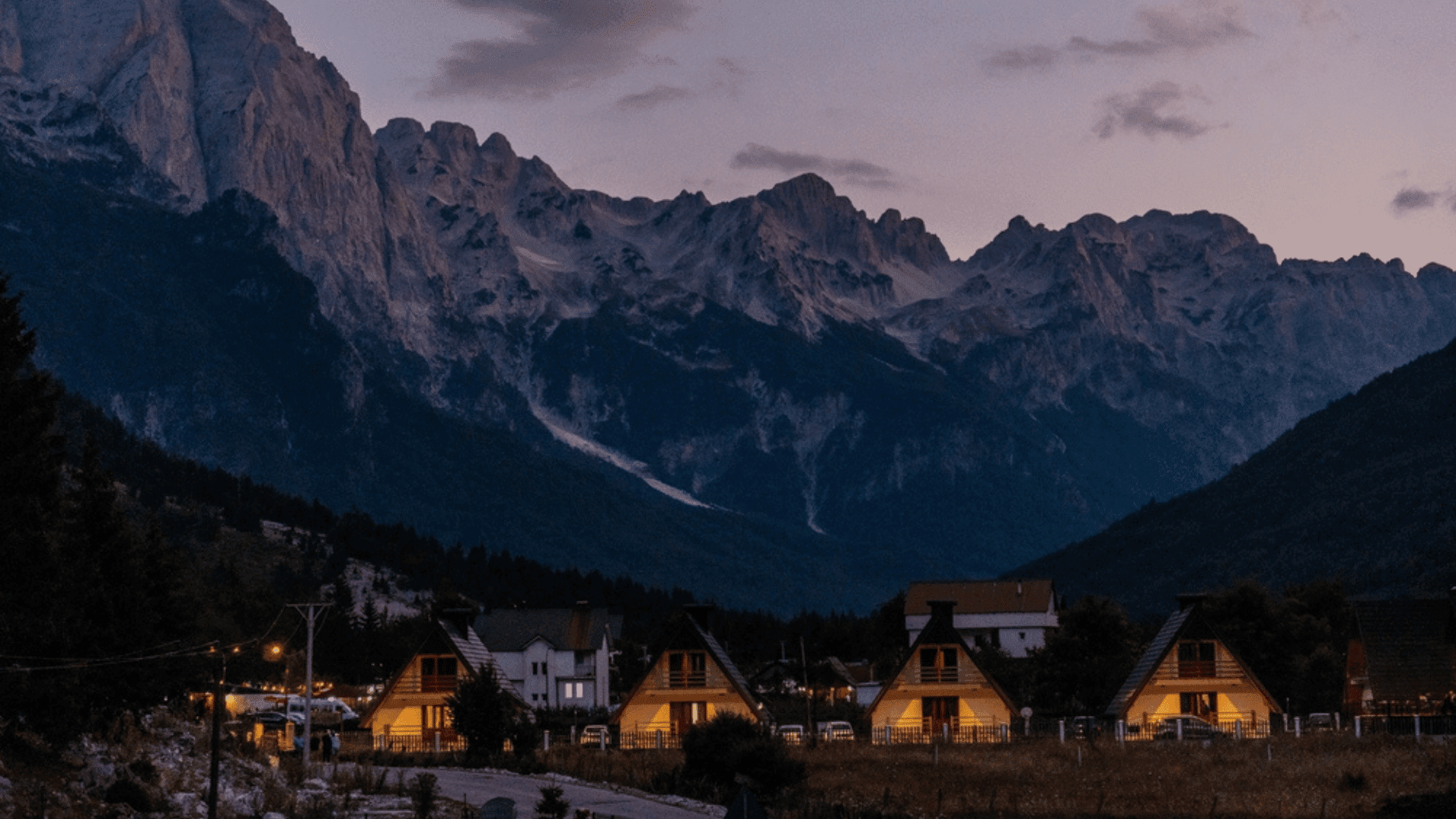
For hiking enthusiasts, the Albanian Alps (also known as the Accursed Mountains), include jagged karst peaks, lynxes roaming spruce forests, and wildflower-covered valley floors. Among the many hiking attractions, there is also a new eight-day self-guided tour with Walks Worldwide. This tour begins at the Peaks of the Balkans hiking trail and offers adventures through mountain passes, a visit to the village of Theth, and traditional homestays.
2) Galloway and Southern Ayrshire, Scotland
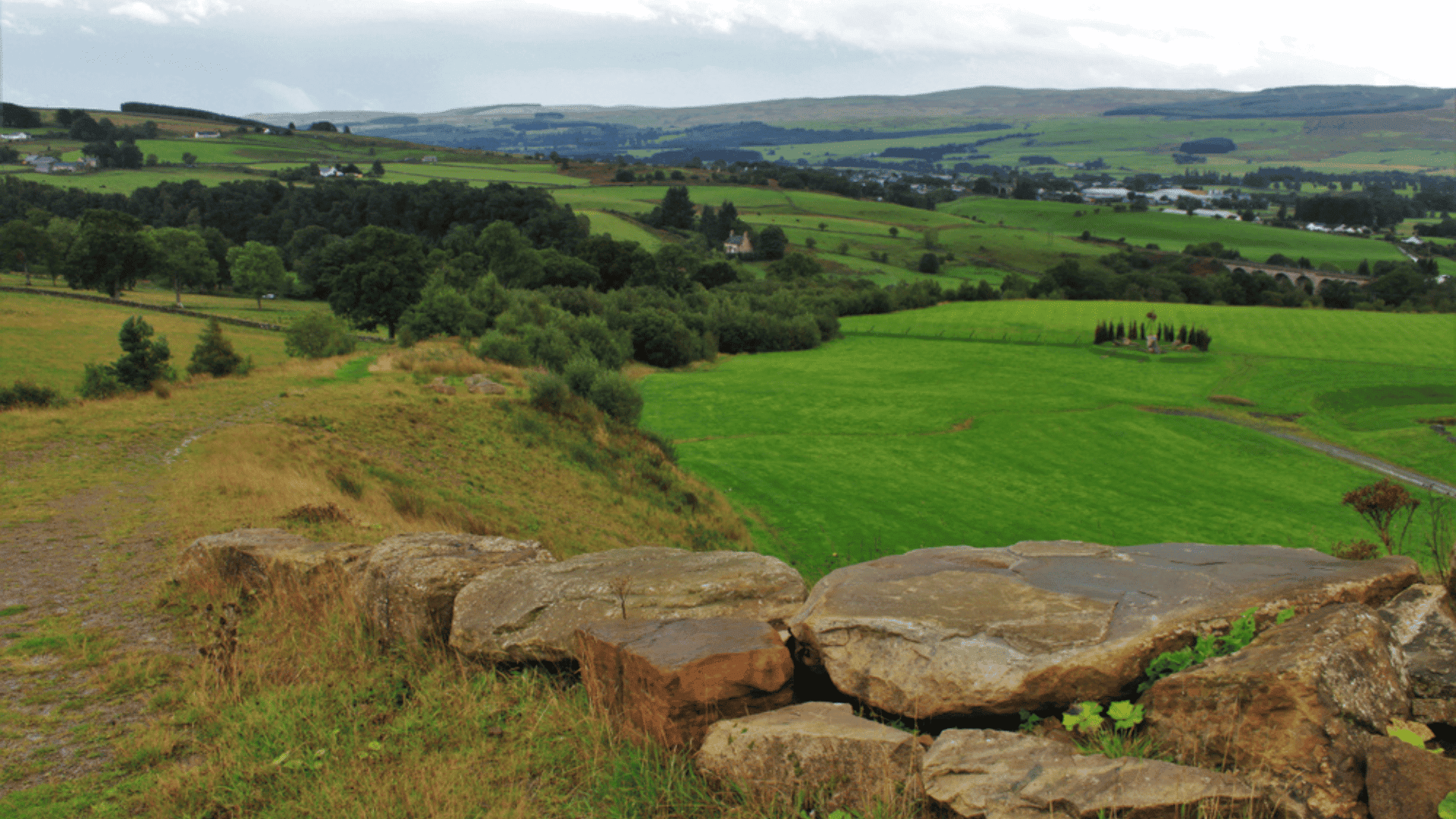
The rich landscapes in the Galloway and Southern Ayrshire region became Scotland’s first UNESCO biosphere reserve in 2012. The windswept slopes, dense forests, and winding streams contained within the reserve have been granted an extra 10 years of protection by the organization. The boundaries of the area have also been extended, expanding the area from 2,034sq miles to over 3,780sq miles.
There are also tours offered by Biosphere Guides, which are conducted by a group of locals with expertise ranging from creative writing to bushcraft. The biosphere is also part of Scotland’s new UNESCO Trail, which connects all 13 of the country’s listed locations, from Glasgow to the pine-covered hills and lochs of Wester Ross Biosphere Reserve on the northwest coast.
3) Nordland, Norway
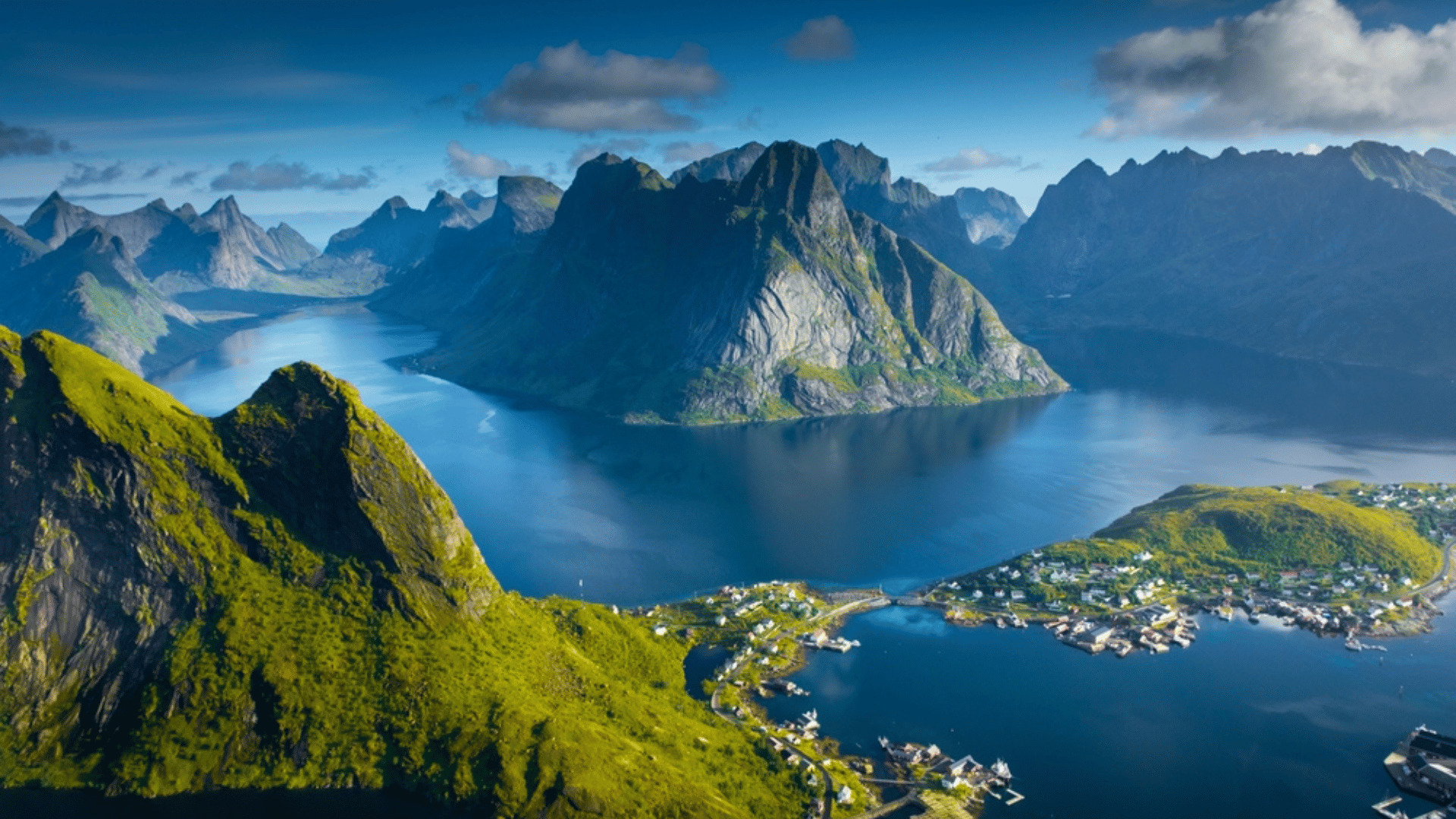
Norland is rich in natural attractions including glaciers, remote villages, tiny fishing towns, Northern Lights, and more. Activities include mountain biking, dog sledding in the winter, and fishing in the summer months. And, in 2024, its landscapes will be celebrated with the opening of Six Senses Svart, the world’s first energy-positive hotel which will run entirely off-grid from its solar power.
4) Atacama Desert, Chile
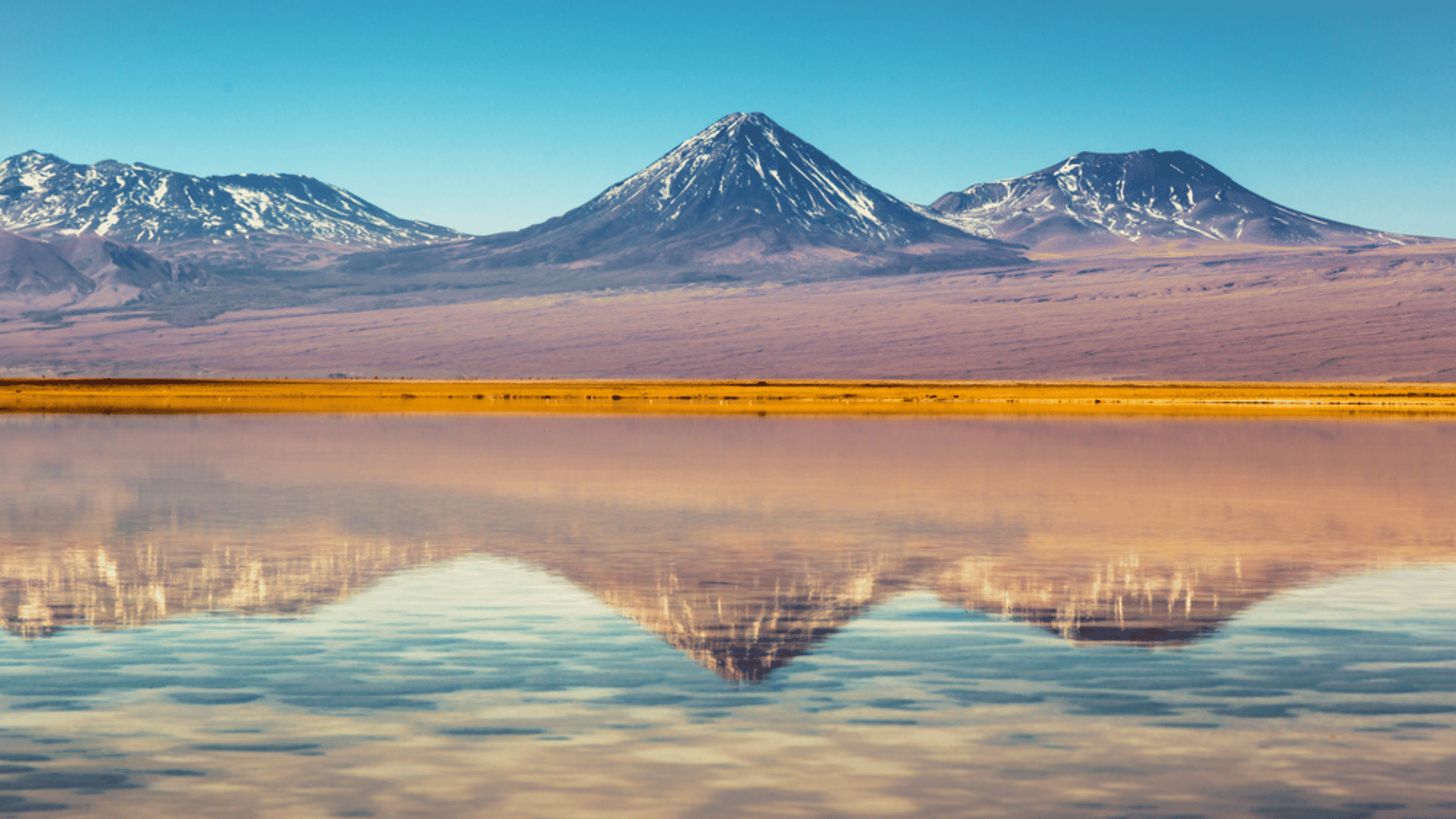
Approximately every three to ten years, carpets of wildflowers bloom from the parched floor of the Atacama in the spring, transforming a desert landscape into a colorful oasis. This ‘desert bloom’ event in 2022 prompted the Chilean government to establish the Desierto Florido National Park in 2023, which includes 141,000 acres of protected landscape around 20 miles south of Copiapó in northern Chile.
The park safeguards the endemic flora and allows scientists to study how the 200-plus species of plants survive in one of the planet’s starkest conditions. It’s hoped that the drought-resilient vegetation could offer solutions to challenges created by climate change. Scientists also speculate that the microorganisms living on trace amounts of water inside rocks could also offer clues regarding life on Mars.
5) Sierra Leone
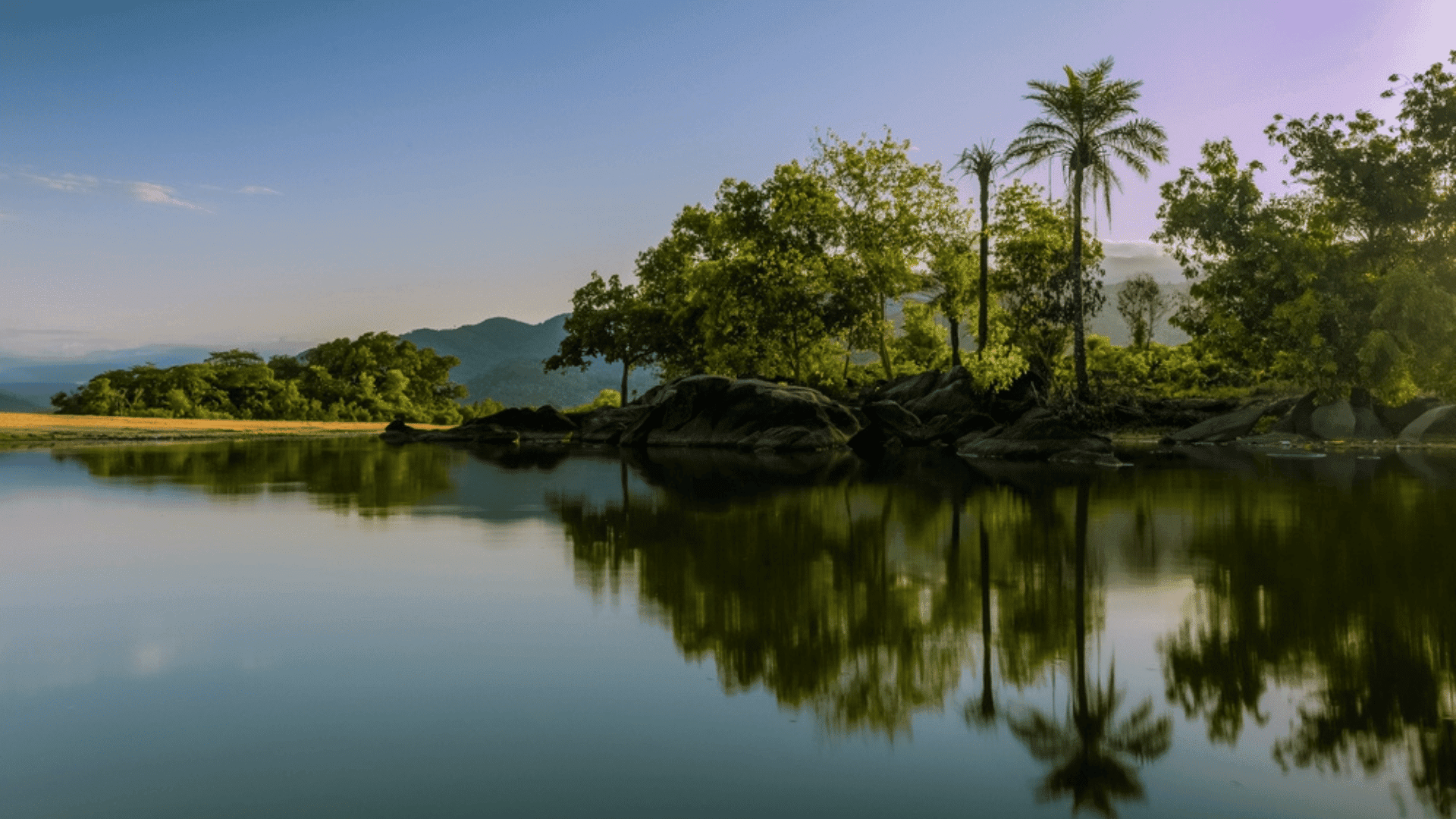
This country includes wide, sandy beaches and a mountainous inland plateau that’s home to the country’s national animal, the chimpanzee. Community-led projects have been showcasing its natural beauty, including the nation’s first surfing school, at Bureh Beach, and the Tasso Ecotourism Project, on mangrove-rich Tasso Island, which runs a rescue program for the endangered Timneh grey parrot.
6) North Yorkshire, England
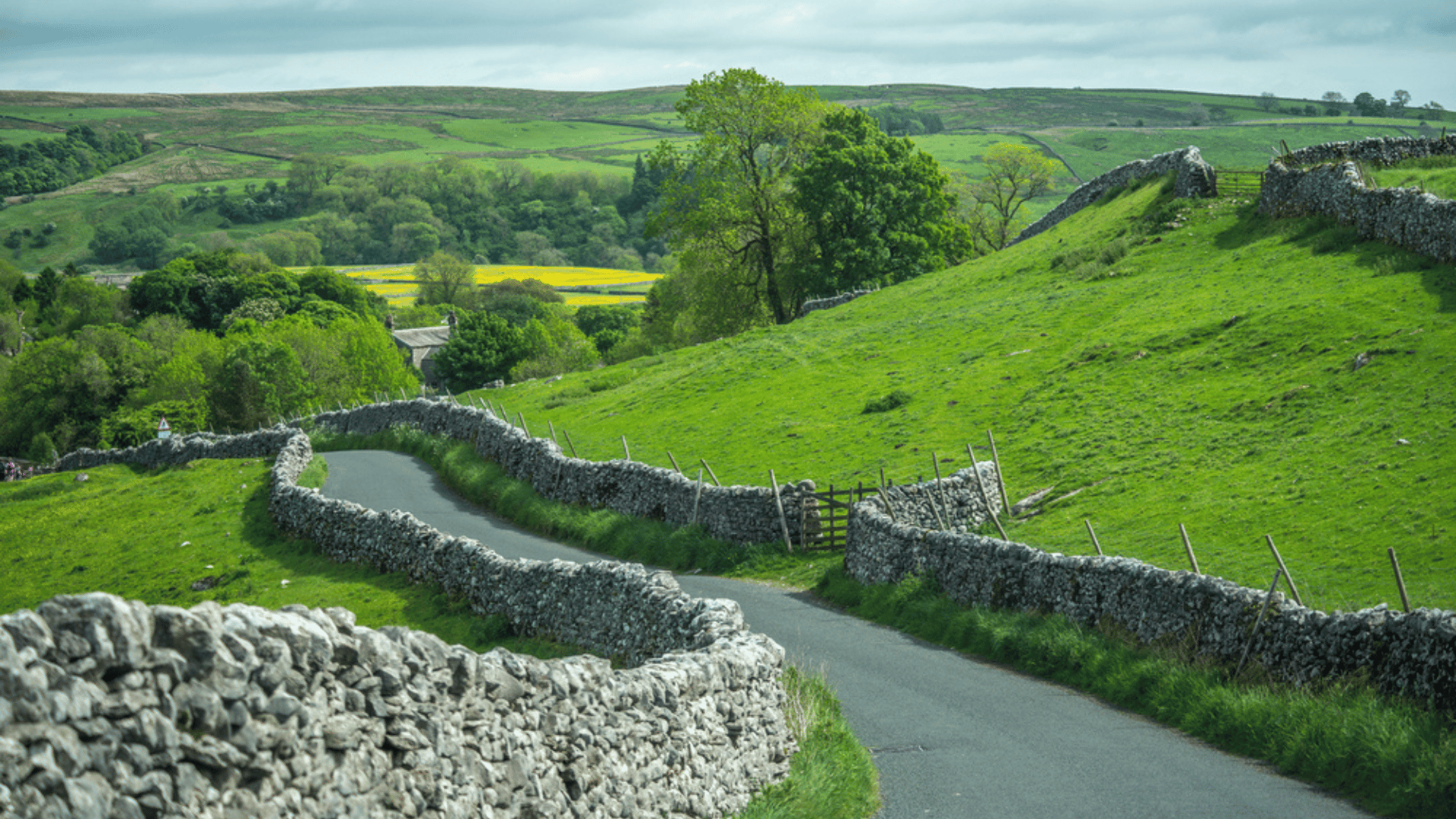
Projects are currently underway in North Yorkshire that are intended to boost the area’s biodiversity. One-third of the 3,000-acre Broughton Sanctuary estate is being returned to nature, intensive sheep grazing is being reduced, peat bogs and waterways are being restored, and tens of thousands of newly planted saplings will boost tree cover from 6% to over 20%. Travelers may spot local animals such as hares, kestrels, and otters while participating in activities such as foraging tours, woodland dining, and moon bathing.



